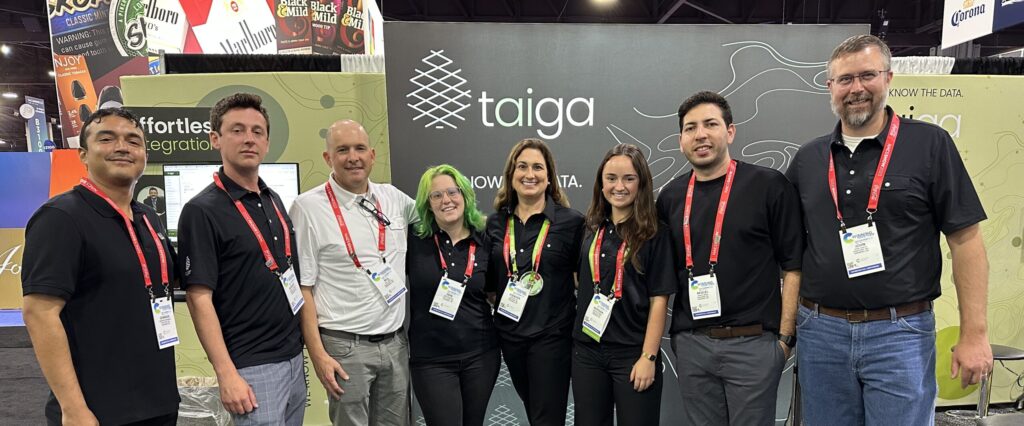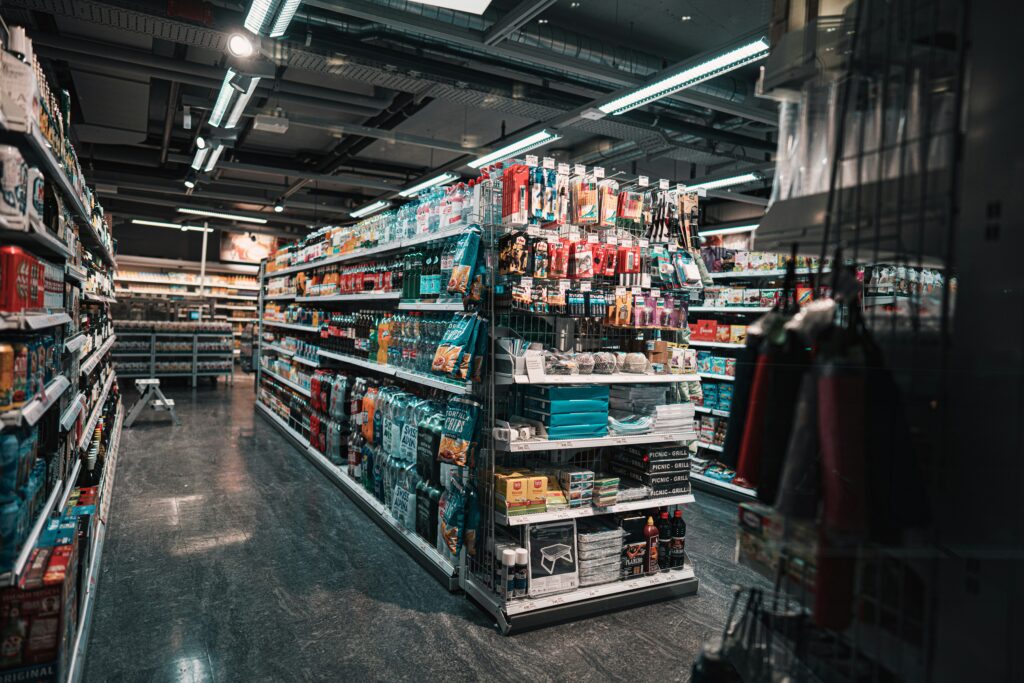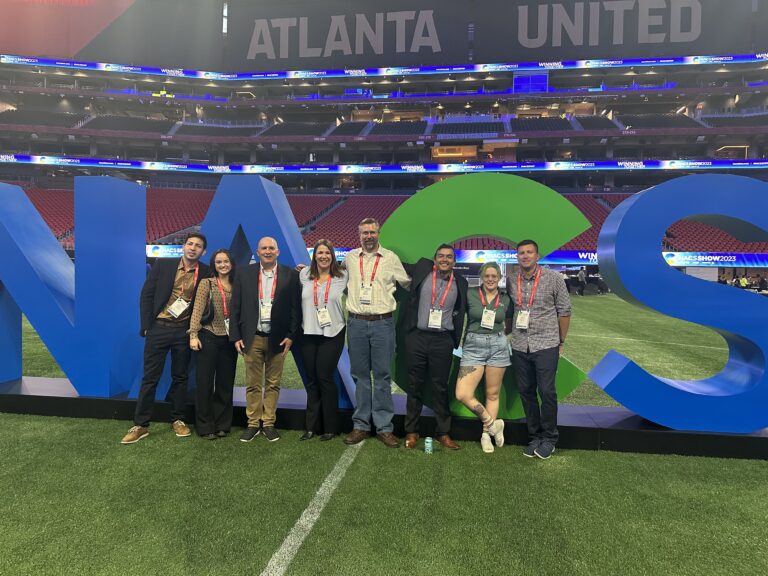
Drive Success: Avoiding Software Lemons
Investing in New Software: Avoiding the Lemon
Investing in new software can feel like buying a used car—exciting but risky. The true risk lies not in the cost but in ensuring the technology delivers as promised. Product reviews and feature comparisons often fail to provide the necessary insights to mitigate this risk.
A common pitfall is purchasing a highly-rated product that doesn’t integrate well with your existing systems, leading to increased manual effort and low staff adoption.
Buying Software vs. Choosing a Technology Partner

Convenience retailers are shifting from merely buying software to investing in a Technology Partner that delivers a comprehensive, functional solution, ensuring full staff adoption.
At Taiga, we understand the importance of smooth implementation and continuous education for successful software adoption. Our approach ensures that convenience store operators not only implement our Front Office Platform efficiently but also maximize its potential through ongoing support and training.
Staff Adoption: The Key to Success
Retailers now recognize that staff adoption is crucial for realizing the expected benefits of a new technology system. They seek Technology Partners who prioritize this aspect.
Continuous education maximizes software utilization, keeps users updated with new features, and improves proficiency. Taiga offers monthly tours, biweekly email tips, and regular check-in calls to keep users informed, engaged, and skilled. This leads to higher user satisfaction and better software usage, translating to improved business outcomes.
Versionless Software and Continuous Evolution
Another critical factor in selecting the right Technology Partner is their commitment to ongoing enhancement. Retailers are not just buying a product for today; they are making a long-term investment with a partner that will evolve to meet future needs.
Versionless software continuously evolves without traditional version upgrades, akin to a car upgrading itself while you drive—no need to buy a new one every five years.
Taiga is dedicated to continuous improvement. Our development team incorporates user feedback and industry advancements into our software, ensuring it remains cutting-edge. Users benefit from seamless updates, enhanced security, and the latest functionalities without disruptive upgrades.
Implementation Success Story
FKG Oil, operating 83 MotoMart stores across six Midwestern states, needed a solution capable of handling vast amounts of data and making it accessible for informed decision-making. Taiga’s Front Office Platform quickly began providing MotoMart stores with actionable insights for data-driven decisions.
Conclusion
A successful software implementation, coupled with ongoing training and a versionless approach to software evolution, is crucial for maximizing the benefits of any technological investment. Taiga’s Front Office Platform exemplifies these principles, offering convenience stores user-friendly, continuously improving technology that supports their unique needs.
By prioritizing effective implementation and continuous education, Taiga ensures that its customers are well-equipped to leverage real-time data and drive business growth. Embrace the future of convenience retail with Taiga and experience the transformative power of our Front Office Platform.






